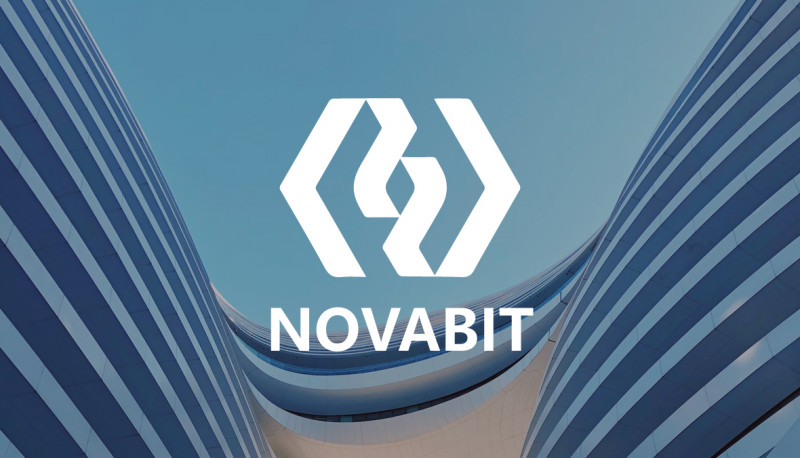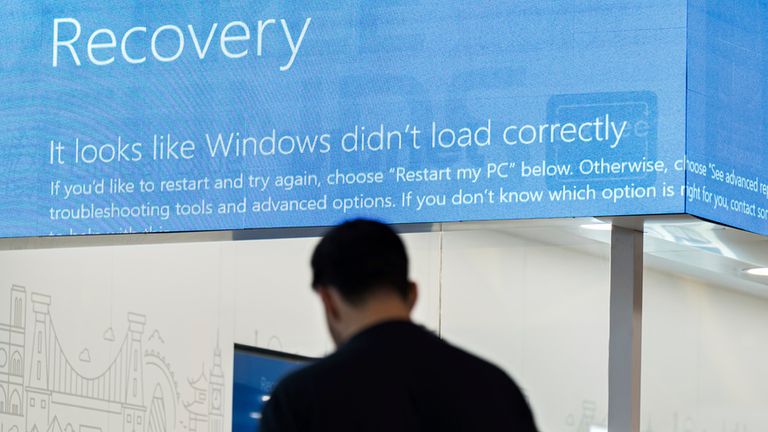The Security Token Offering (STO) is currently one of the hottest topics in both the capital market and the blockchain industry. During a prolonged downturn in the digital asset market and global economic turmoil, STO has emerged as a breakthrough financial technology product, garnering significant attention. What exactly is an STO? How does one conduct an STO, and what is its future outlook? Our blockchain team at the exchange center has conducted relevant research, discussed legal issues in depth with executives from US STO platforms, and summarized the six most important aspects of STO for your reference.

1. What is an STO?
STO stands for Security Token Offering, a process of issuing tokenized securities in compliance with regulatory frameworks of one or more jurisdictions to raise funds. In other words, STO is the process of issuing securities based on blockchain technology.
To date, our preliminary research has not found any major commercial country that has enacted specific laws or regulations on STO. Therefore, we understand that conducting an STO must still be done within the existing traditional securities and financial regulatory frameworks.
In theory, there are two possible ways to conduct an STO:
1) Register with the securities regulatory authority according to the public offering (IPO) standards of each jurisdiction, tokenize the underlying assets, and issue them;
2) Make use of the exemptions provided by the regulatory laws of each jurisdiction to achieve legal compliance.
However, the 1) issuance method has high financial data requirements and cumbersome procedures for issuers, at least for now, the second method is more economical and reasonable for STO.
2. How to Comply with STO Regulations in the US?
As the world's strongest economy with the most complete financial and securities system, the US has detailed descriptions of securities registration exemptions, which generally meet the different levels of requirements for STO for quite some time.
Regulation D 506(c) private placement rules are stricter in terms of "only offering to no more than 2,000 accredited investors" and "investor identity verification" but are generally green-lit in other aspects: fast speed, no disclosure requirements, and low cost.
Regulation A, often referred to as a mini IPO, has lower investor thresholds but requires certain disclosures of issuing documents, financial data, and information to protect investors. However, it has the advantage of higher liquidity compared to securities issued under Regulation D.
Regulation CF crowdfunding rules have low fundraising caps and are not easy to comply with, making them an unpopular choice for STO.
Another option is Regulation S, commonly used in combination with other exemptions (REG A/D). Regulation S allows fundraising from investors outside the US without any cap on the amount raised. However, trading within the US is prohibited for one year after issuance. Tzero used a combination of Regulation S and Regulation D 506(c) for its issuance.
3. Has the SEC Approved STO?
Recently, there have been claims that "the US has approved STO" or that a project's security tokens "have been approved by the SEC." We understand that, at least so far, this is not accurate.
According to publicly available information, compliant issuance of security tokens in the US is primarily based on Regulation D and Regulation S. In fact, security tokens issued under Regulation D have not been approved or reviewed by the SEC; issuers only need to comply with Regulation D requirements and file Form D on the SEC website within 15 days of the first sale. Regulation S also only requires filing without approval. All filed forms can be publicly queried through the SEC's EDGAR database. This pre-loose review exemption actually relies on issuers strictly adhering to the restriction of accredited investors, with severe penalties from the SEC for violations found post-issuance.
Therefore, we believe that only securities tokens issued through the strict pre-approval process of Regulation A can be said to be "approved by the SEC." According to public reports, many issuers have applied for Regulation A issuance.
4. How is STO Regulated in Europe?
European STO regulatory policies operate on two levels: EU-level policies and individual member state policies.
At the EU level, the main regulatory bodies are the European Securities and Markets Authority (ESMA) and the European Central Bank (ECB). In Europe, STOs with a hard cap not exceeding 5 million euros; or selling security tokens to no more than 150 residents of member states (whether accredited or not); or selling each token for no less than 100,000 euros; or each investor purchasing at least 100,000 euros of tokens, do not require a prospectus registration procedure and can enjoy exemptions.
The regulatory policies of EU member states are less detailed than those of the US but are relatively more lenient and open, especially in small countries like Malta and Estonia.
Austria's HydroMiner is a cryptocurrency mining project that launched H2O tokens last year and is selling H3O tokens this year. Unlike H20 tokens, H30 tokens are security tokens that will share the mining profits of HydroMiner operations. HydroMiner plans to IPO on the London Stock Exchange's AIM (Alternative Investment Market) in Q3 2019, converting H3O tokens into equity tokens compliant with EU regulations.
The presale phase of H3O has ended, and its prospectus is currently under review by the Austrian Financial Market Authority (FMA). Once approved, the main sale will begin. If approved, H3O tokens will be among the first tokens in Europe to rely on a full capital market prospectus.
5. How Do STO Platforms Operate?
Since they primarily rely on issuance exemptions, much of the upfront cost involves accredited investor verification.
Clearly, machines can outperform humans in this process. Thus, the selling point of various STO trading platforms lies in accurately and efficiently completing accredited investor verification and continuously verifying the qualifications of token holders in the circulation phase.
Platforms like Polymath and SWARM embed necessary legal compliance requirements into the token's smart contract, adding regulatory protocols to the ERC20 standard. Through their platforms, tokens representing equity can self-verify the eligibility of buyers and sellers for trading. Openfinance Network launched Investor Passport, which collects and analyzes user information and documents to ensure only eligible users are allowed to trade. Holders of Investor Passport can invest in security tokens within their investment scope on the platform, speeding up compliance and significantly reducing issuer labor and time costs.
6. Is STO Just a Beautiful Illusion?
Many believe that STOs, with government-backed security tokens, have more credibility than ICOs, IDOs, and IEOs. Compared to traditional securities, they offer higher liquidity, do not rely on centralized intermediaries, have a wider range of tradable assets, allow T+0/24-hour trading, and significantly increase transaction speed.
Indeed, in theory, any asset (tangible or intangible) can be securitized. Valuable assets like artwork or indivisible intangible assets like copyrights can be fractionalized.
However, is the liquidity of STOs truly that strong? The biggest problem with STOs is still the nascent state of the secondary market.
Due to regulatory restrictions, security tokens can only be traded on specific platforms or through brokers. We understand that STOs can only be commercially viable if the following conditions are met:
1) The issuance and circulation processes of the trading platform comply with the laws and regulations of the relevant jurisdictions.
2) The trading platform share regulatory standards, allowing relatively free circulation of security tokens across the platform.
3)The trading platform with the same regulatory standards has sufficient market depth.
4) These regulatory standards are recognized by the securities regulatory authorities of the relevant jurisdictions.
Disclaimer: The copyright of this article belongs to the original author. Reposting this article is solely for the purpose of information dissemination and does not constitute any investment advice. If there is any infringement, please contact us immediately. We will make corrections or deletions as necessary. Thank you.



